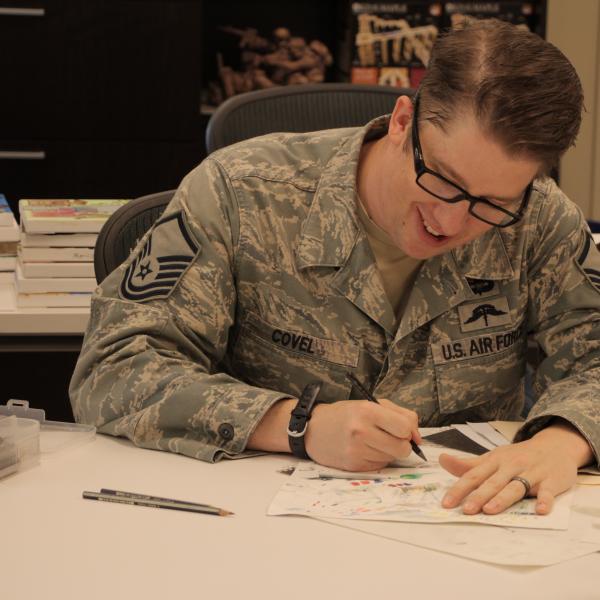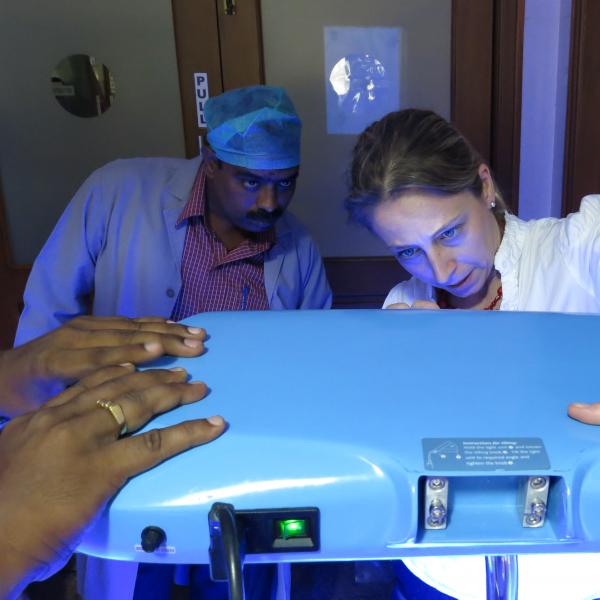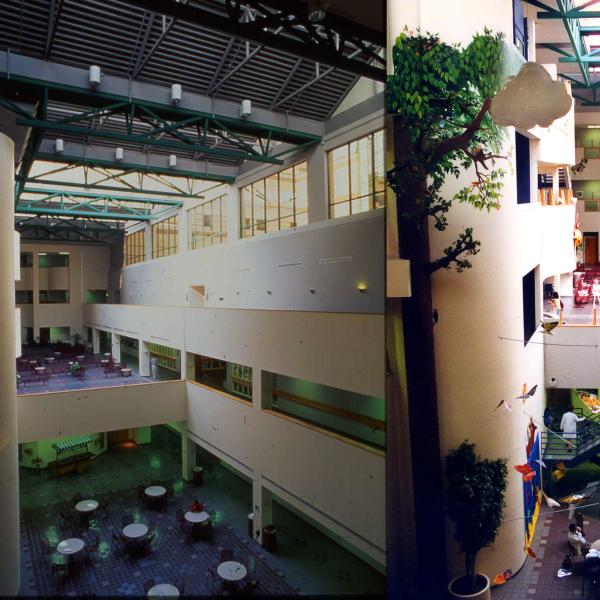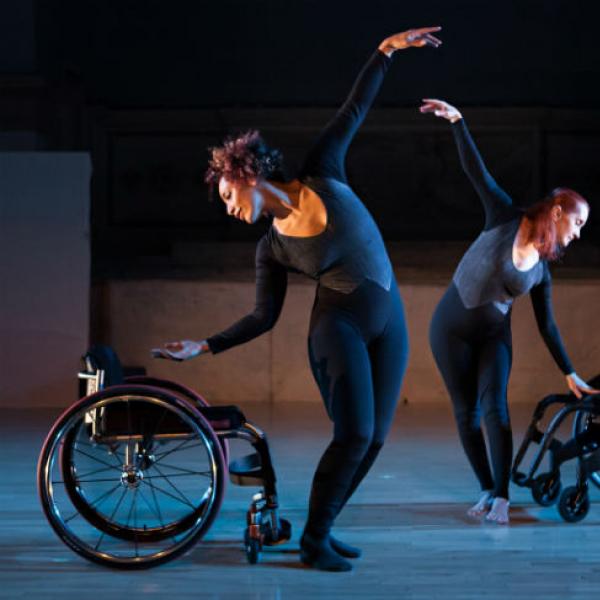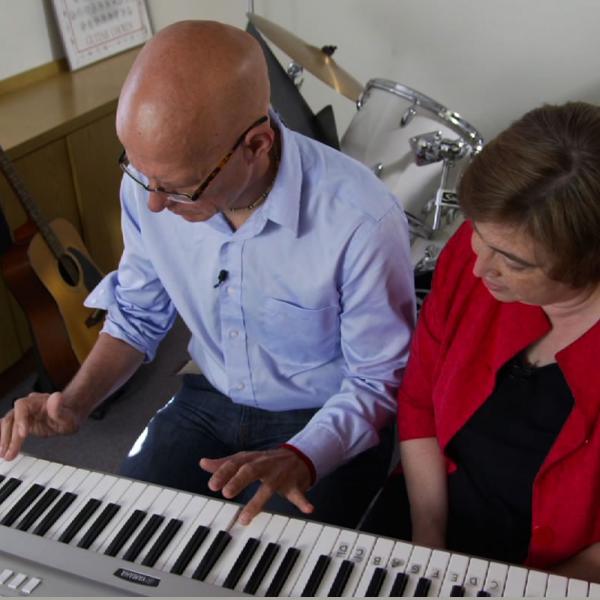Healing through Creativity
Years ago, George Robertson found himself “in the wrong place at the wrong time” when he was assaulted at a service station on his way home from a trip. It was three years before he could even bring himself to talk about the experience. Eventually, he found himself turning to music as a means of coping with feelings of withdrawal and anxiety. Writing and performing songs allowed him to sort through certain issues, and offered him a medium to express negative experiences and feelings in a more positive way. “When someone's been through something horrible, once they start to heal, they often find they've got something really important to say,” said Robertson. “I guess I had something to say.”
In 2006, he created a forum for others with something to say when he founded Healing Through Creativity, which gives survivors of trauma an artistic outlet to progress healing. The organization also hosts an annual festival that showcases artwork created by those who are suffering from any type of trauma.
The organization was founded on the idea that creating artwork is cathartic, and can help individuals identify and process traumatic events, as well as find forgiveness. “They've dug into their heart and they may have been able to forgive some people that maybe don't even deserve forgiveness by human standards,” said Robertson. “But that's an important thing. It's very enlightening and it takes a burden off of the person. It's not like it's going to ever go away, but you've learned to accept and grow.”
Although many organizations use art as a means of healing trauma, exhibiting the artwork in a festival format is less common. Healing Through Creativity accepts every form of artwork. Robertson said they mostly get paintings and graphic art, but also poetry, collages, sculptures, quilts, lyrics, music, and even spoken word pieces. Any form of artistic expression is welcomed, even if it means someone reading something written down on a piece of paper. Expression at Healing through Creativity knows no bounds. As Robertson explained, "You don't have to be Picasso or something like that. It's what's in your heart that counts in this."
By performing or showcasing their art in public, Healing Through Creativity hopes that artists will begin to feel more accepted. Trauma can cause survivors to perceive that nothing is safe, so performing in front of people and showing art takes a lot of pride and power. "A lot of undeserved shame and guilt goes with some types of trauma,” said Robertson, which can cause people to feel alienated from their peers. But by showing or telling their story publicly can begin to correct this, and ease feelings of abandonment. For those who would like to share but fear questions or pity, anonymous submissions are also welcome. "We keep it simple,” he continued. “It's a place where survivors can express in a safe environment."
The safe atmosphere isn’t just for the benefit of artists, but for festival-goers as well. Robertson said that, "A lot of people are afraid to come to an event like that because they think it's going to be horrible.” And for those who have suffered from trauma themselves, they might fear that seeing certain works could be triggering. To combat this, Healing Through Creativity suggests that artists focus on the positive aspects of healing. “No one wants to stay hurt,” Roberston said. “It's a way of getting through all of that.”
In addition to helping artists deal with their pain, the festival also serves as a tool for raising awareness. Attendees who don't know anything about trauma might learn about what they can do to help others cope with types of trauma, or how they can help prevent these experiences from occurring in the first place. “The more people that become aware, it leads to a possibility of going to a higher level and maybe generating some real understanding,” said Robertson. “If people knew where to go to get help when something happened, then that's a big step forward. If we could actually eliminate something from happening that would be far better. It's something that we're all striving for.”


